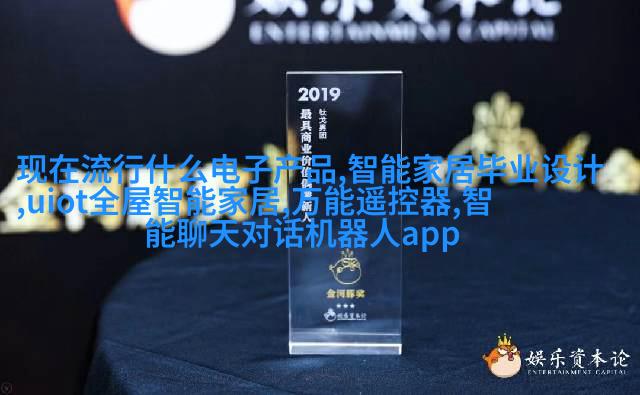低温等离子体灭菌:真的安全有效吗?

在医疗环境中,消毒和灭菌是保证患者安全的关键步骤。传统的高温蒸汽灭菌虽然效果显著,但对一些温度敏感的设备或材料则是不适宜的。而低温等离子体灭菌作为一种新兴技术,是否能提供一个既安全又有效的解决方案呢?
它是如何工作的?

低温等离子体(Pulsed Power Plasma)是一种利用电场作用于气体中的原子或分子的方法来产生激发态物质。这种过程可以创造出高能量状态下的气态原子,它们能够穿透物质并摧毁微生物细胞结构,从而实现无需高温即可进行消毒和灭菌。
它有哪些优点?

相比于传统热蒸汽滅燒法,低溫等離子體滅菌具有多重優點。一方面,它不需要达到极端高溫,因此對於容易損壞或難以處理的小型器械、複雜構造以及某些特殊材質來說,是更為適用的選擇。此外,由於操作溫度較低,這種技術降低了熱損傷風險,並且減少了能源消耗。
它有什么局限性?

尽管如此,low-temperature plasma technology still has some limitations. First, the process requires a certain level of vacuum to function effectively, which can be difficult to maintain in all environments. Second, the effectiveness of plasma sterilization can vary depending on the type and size of objects being treated. Finally, there is still ongoing research into the long-term effects and potential side effects of using this technology.
它在实际应用中的表现如何?

Despite these challenges, low-temperature plasma sterilization has shown promising results in various applications. In hospitals and medical centers, it has been used to disinfect surfaces and equipment without damaging sensitive materials or affecting their functionality. Additionally, researchers are exploring its potential for use in space exploration missions where traditional methods may not be feasible due to limited resources.
未来发展方向是什么?
As technology continues to advance, we can expect even more innovative applications for low-temperature plasma sterilization. For example, advancements in material science could lead to new types of instruments that are specifically designed for plasma treatment without compromising their performance or durability. Furthermore, further studies on its safety profile will help establish it as a reliable alternative method for microbial control.
Ultimately whether low-temperature equal ion body disinfection really works depends on how well it is applied within specific contexts combined with ongoing research efforts aimed at addressing its limitations while capitalizing on its advantages